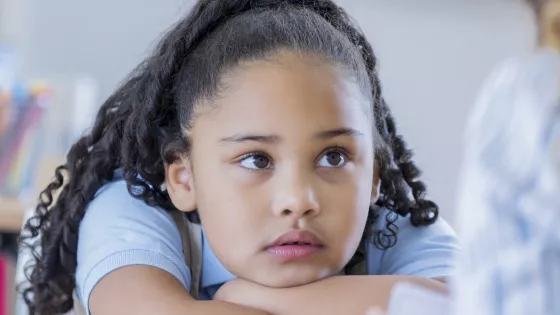On average, epilepsy affects one young person in every primary school and five in every secondary school. It is one of the most common long term conditions in childhood.
Epilepsy can have a significant impact on a young person, even if seizures are controlled.
Schools should have arrangements in place to ensure that young people with epilepsy are safe and included in all aspects of school life.


